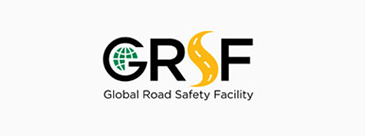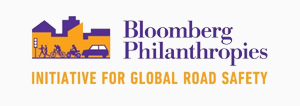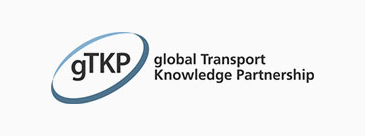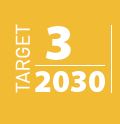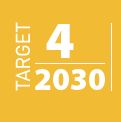





Intersections - Turn Lanes (Unsignalised)
Reduced rear-end and sideswipe crashes. Reduced loss of control while turning crashes. Improved traffic flow. Increased intersection capacity.
Painted turn lanes must be clearly delineated and have good sight distance. The layout of turn lanes should be relatively simple and easily understood by drivers. Unsignalised turn lanes on divided roads should only be used with caution due to increased potential for conflict, and typically high traffic speed on these roads. Median widening should be considered at intersections to facilitate traffic for the minor road turning onto the main road in two steps. The increased width will need to accord with the type of vehicles needing to wait.at the median while completing the turning manoeuver. Turn lanes should be long enough to allow a vehicle time to stop within it (clear of through traffic). If a turn lane is too long, through drivers may enter the lane by mistake. Signs at the start of the turning lane may help prevent this. Installing turn lanes can increase the width of the intersection and cause problems for pedestrians trying to cross. One solution is to provide a pedestrian refuge island in the median.
Treatment Summary
10-25% |
Case Studies
Related Images
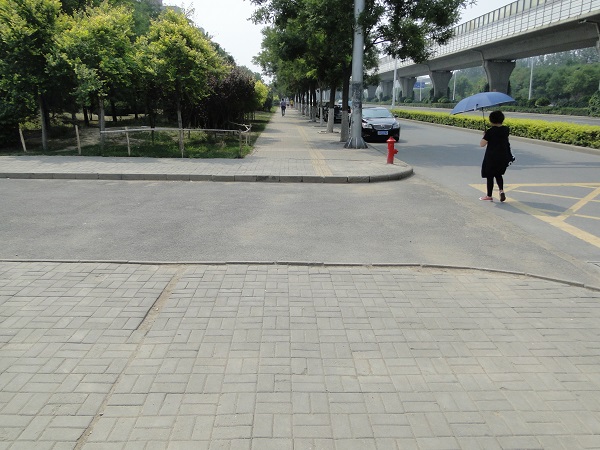
A property access point in China. Image credit: Greg Smith 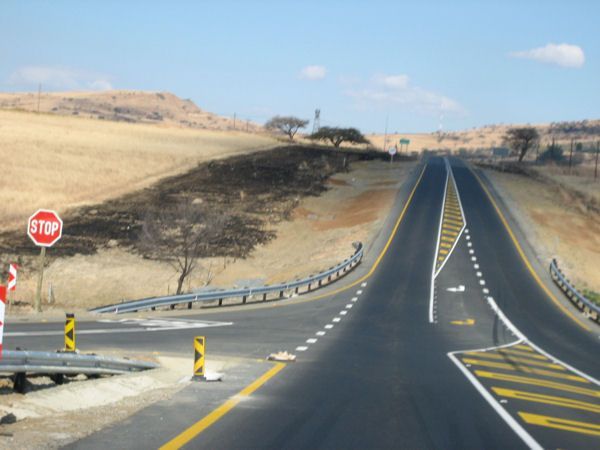
A right turn lane at a 3-leg unsignalised intersection. Image credit: Steve Lawson 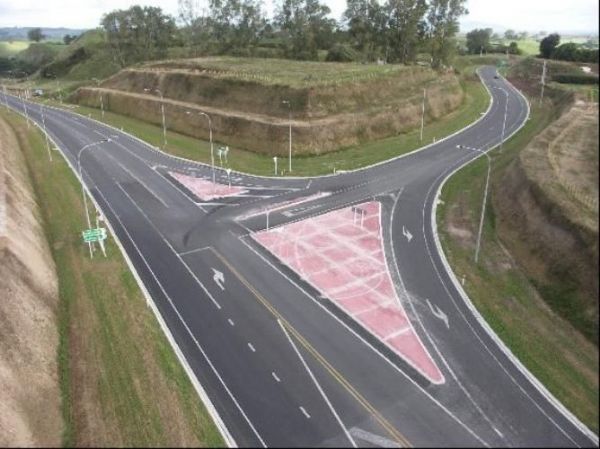
An upgraded intersection with protected turn lane, involving horizontal and vertical realignment. Image credit: ARRB Group


